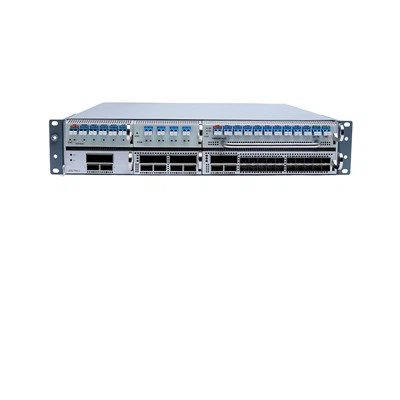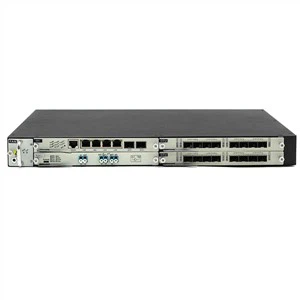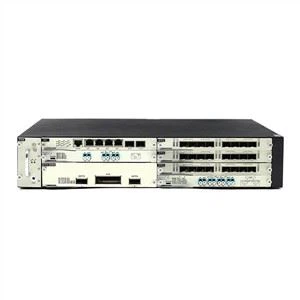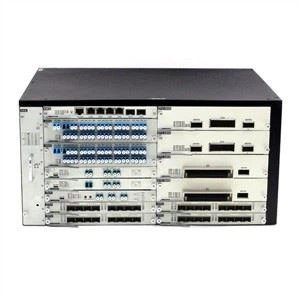In 2020, the development of data center will become one of the main driving forces for the development of optical communication industry throughout the year. In recent years, the data communication market has become a competitive place for all enterprises in the optical communication industry chain. As a leading enterprise of communication optical module, HTF has a deep development and great competitiveness in the field of data communication. Under the wave of China's vigorous development of new infrastructure, in 2021, a new round of favorable policies will boost the construction of China's data center to usher in new development opportunities. In the future, data centers should improve their scale, capacity and sustainable development ability from many aspects. The construction and development of data centers has a great impact on optical modules.
Growth in infrastructure investment drives demand for optical modules
With the development of technology, infrastructure expenditure in the communication industry is undergoing great changes. In recent years, enterprise networks are reducing investment in traditional hardware IT and software, and prefer to outsource to cloud service providers. The rapid growth of investment in data center infrastructure, coupled with the accelerated construction of new infrastructure in China, industry research institutions are expected to maintain more than 20% growth in data center construction in the next few years. Abroad, the top five cloud players spent $26.4 billion in the first quarter of 2020, up 56% from 2019.
Infrastructure spending is affecting the growth of the global market of optical module optical devices, towards large very large data centers, traffic growth drive light module demand growth, the rate of light module from 100 g to 200 g to 400 g evolution, according to industry research institutions, is expected in 2021 to 2025, data center light module market will return to double-digit growth.
The synergistic promotion of photoelectric chip promotes the rapid upgrading of optical module speed
In terms of the technological evolution of optical modules in data centers, the first requirements of optical modules in data centers are high speed, low cost, low power consumption, small package and small power. Data center network architecture is evolving in a flat direction. This evolution solves the problem of time delay and scaling, but leads to the dramatic increase of east-west traffic, which requires more and faster connections. The improvement of the optical module speed requires the coordination of the photoelectric chip speed. In 2013, 25G NRZ Serdes was first streamer, which promoted the batch shipment of 100G QSFP28 module in 2015. The first 50G Pam4 Serdes streamer in 2017 led to the first commercial shipment of 400G series optical modules in 2019; In 2020, 100G Serdes streams will also lead to the development of 800G rate optical modules. It is expected that 200G Serdes streamers will drive the evolution of 1.6T optical modules in 2023. The evolution of the data center is divided into three generations: 25GnRZ Serdes, 50G PAM4, and 100/200G Serdes correspond to the 100G series of optical modules, 400G and 800G optical modules.
The connection of data center is divided into interconnection within data center and DCI interconnection between data center. The connection between different distances requires a variety of optical module solutions. In addition to the increase in the rate of optical module evolution, modulation signals from NRZ to PAM4 to coherent, optical channels from 1×2 to 1×4 and 1×8 evolution, from the shipped data, 1×4 more.
Based on 50G serdes, corresponding to 100G/400G optical modules, VCSEL optical chips for 100-meter short-distance transmission, silicon photonics and EML are the main solutions for single-wavelength 100G from 2 kilometers to 500 meters. DML scheme due to optical chip linearity dispersion problem is still optimized, not mature. For different optical chips, the process requirements are different. For multi-mode VCSEL, it is mainly COB, while for EML and silicon optical, it is COC coupling. The tolerance of silicon optical coupling is more difficult than that of single mode. The technological difficulty of silicon light presents some challenges.





















